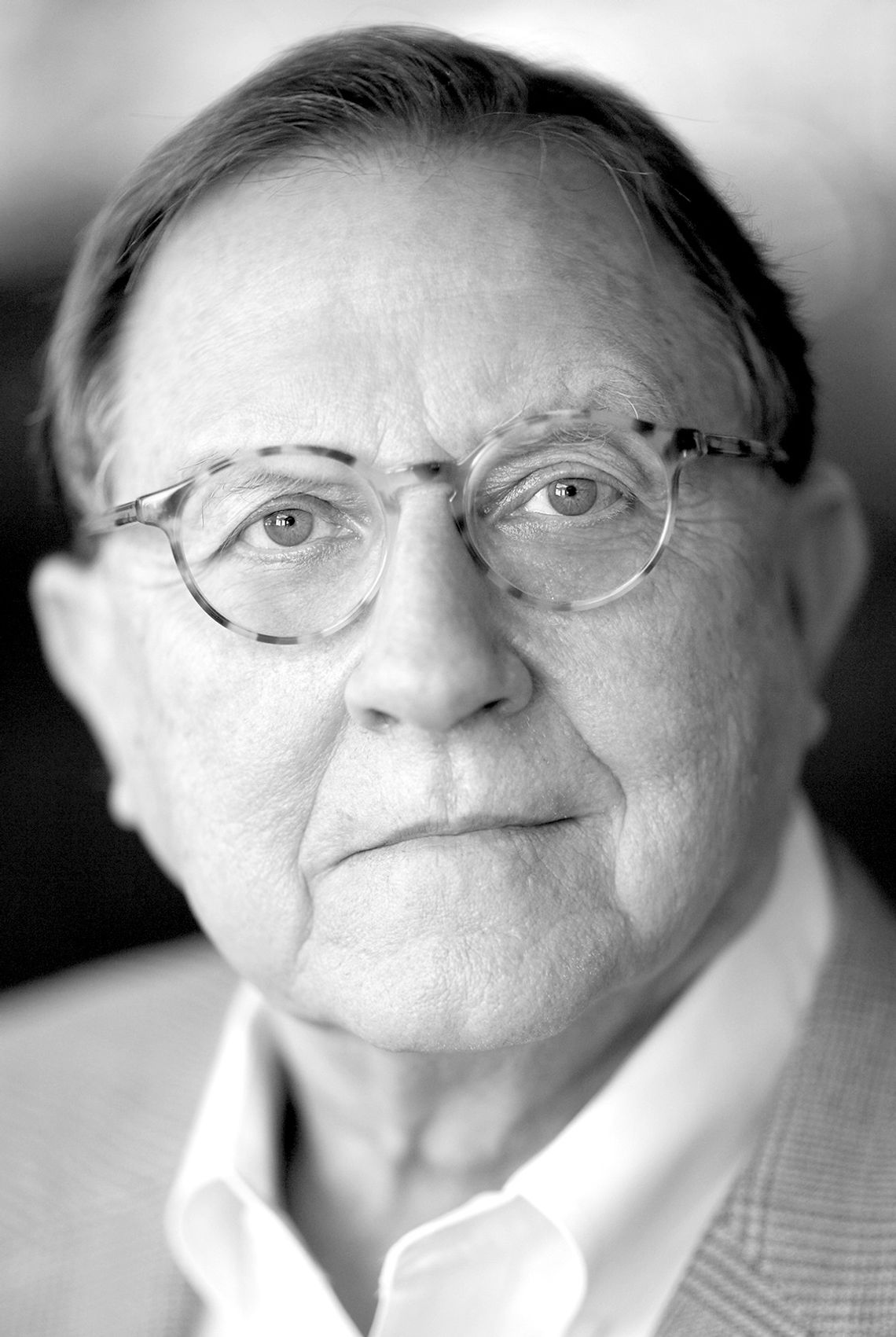Beginning in 1913, Henry Ford’s mass production of his affordable Model T — the famous “Tin Lizzie’ — mobilized life in America. In medieval Germany 500 years earlier, Johannes Gutenberg’s invention of the printing press was of even greater consequence for it elevated the whole of civilized life.
In his book, The Gutenberg Revolution, historian John Man traces impact of the printing press. Before its appearance, book production — as was true for printed materials of all kinds — was a tedious, time-consuming undertaking with hand labor. Production of a single volume often consumed a year. All of Europe’s printed books, according to Man, would barely fill one wagon. He adds: “Fifty years after the press, printed volumes numbered in the millions.”
The setting was Europe in the High Middle Ages, a time in which life was short, harsh, and hard. Average life expectancy was 30-35 years with high infant mortality rates. The period is often described as one of social and economic stagnation. Some say Europe was still mired in the “Dark Ages.”
Nevertheless, it produced a number of improvements, both in agriculture and in technology. Windmills and watermills became sources of power. At sea ports overhead cranes arose. Trading centers, though thin and scattered, steadily enlarged, while the emerging banking system encouraged business and commercial life.
Those adjustments, and others, generated a rising demand for printed information: books, records, procedures and protocols. In the dominant Catholic Church, need widened for Bibles, prayer books, song sheets and Latin grammars.
Gutenberg is believed to have known of the want for printed data, although this is undocumented. Other aspects of his life are recorded. He was born around 1400 in or near the city of Mainz, population 5,000-10,000. The son of a successful family of cloth merchants, he inherited little wealth and rarely owned real estate. He never married and fathered no children.
Mainz, at the time, was full of metal craftsmen and trade guilds. When Gutenberg came of age, he became a goldsmith. Later he became owner of a shop with journeymen employees and business partners. Its production included coin making, metal badges for travelers and mirrors. All required a high degree of skill.
Unknown, is the date or time when Gutenberg began work on the printing press. Much speculation surrounds it. It is known, however, that between 1435-36 Gutenberg enclosed his shop in secrecy.
Workers and partners were required to sign pledges of secrecy.
It is worth noting that before Gutenberg, parts and pieces of a printing press were already in circulation. The screw-type manual press was used in wine making. Iron parts were common, and the essential printing paper appeared ages earlier.
A full description of Gutenberg’s invention is too involved for here.
However, the critical element of genius, for which he is fully credited, was the invention of movable type. That is, a reusable block of metal, bearing a single letter or other character, which could be arranged and reassembled in the creation of printed text. The type was them impressed upon layers of paper by turn of a wooden screw on a level plane. By 1440 the inventor was ready to display his invention.
Despite the era’s backwardness and slowness, Gutenberg’s press spread quickly. Within decades over 200 cities claimed at least one printshop and many operated two or more. Cost of printing plummeted and millions of books and papers poured from printshops.
Printed materials stimulated communication, encouraged learning and aided university education. People turned to writing and reading as never before. Ideas began crossing state and national boundaries.
The trends of civilization had turned upward.
Mark Twain offered this from Wikipedia: “What the world is today, it owes to Gutenberg. Everything can be traced to this source, but we are bound to bring him homage, for the bad that his colossal invention brought about is overshadowed a thousand times by the good with which mankind has been favored.”
Sources: The Gutenberg Revolution, John Man, 2002, Bantam Books,61-63, Uxbridge Road, London.
Wikipedia, The Free Encyclopedia: “Johannes Gutenberg,” “PrintingPress.’’
• Retired attorney Jim Thomas lives in Atlanta. Email jmtlawyerspeak@ yahoo. com









